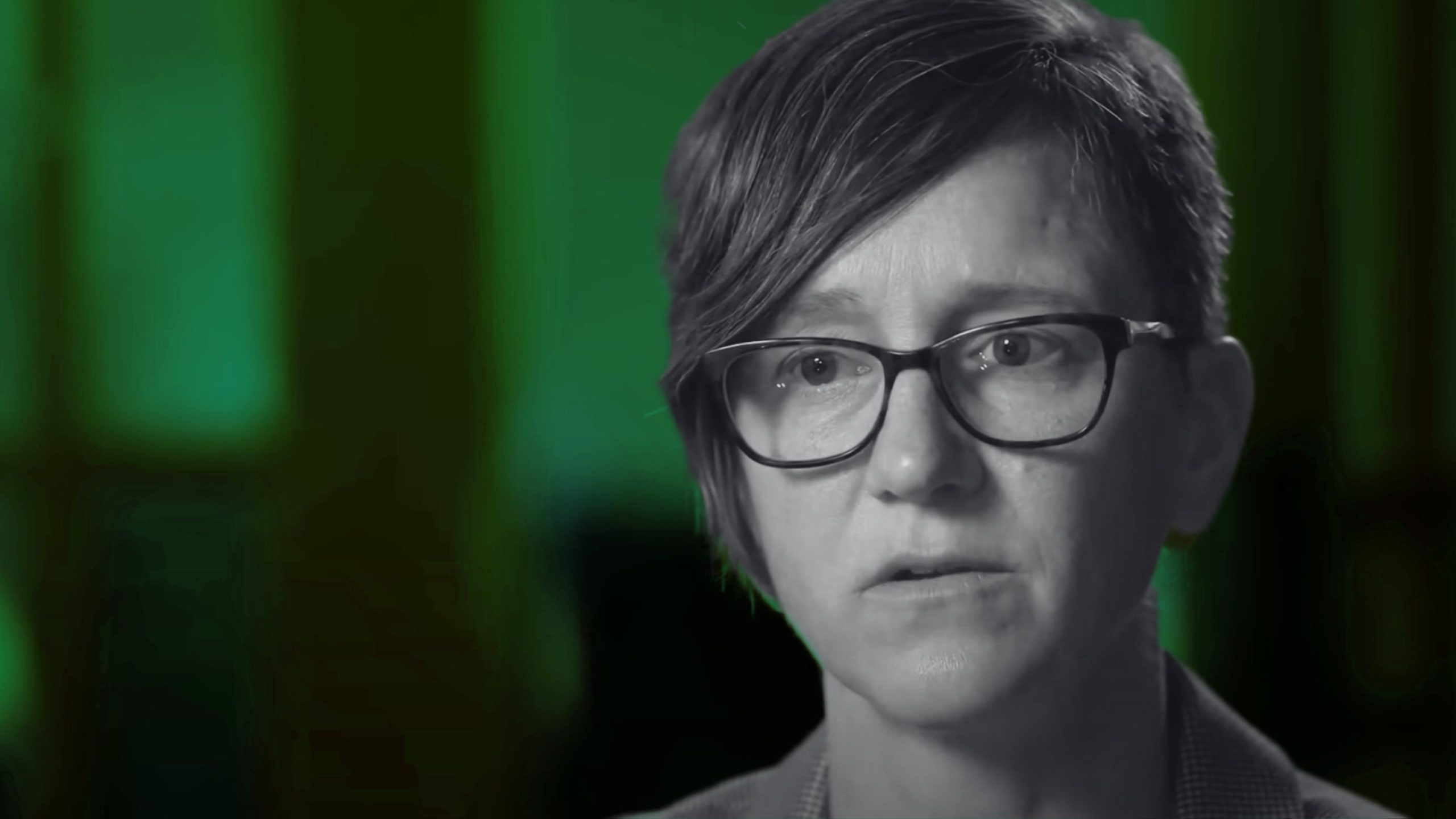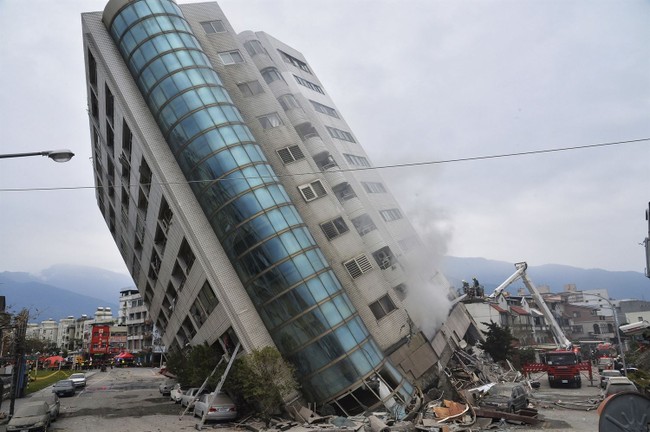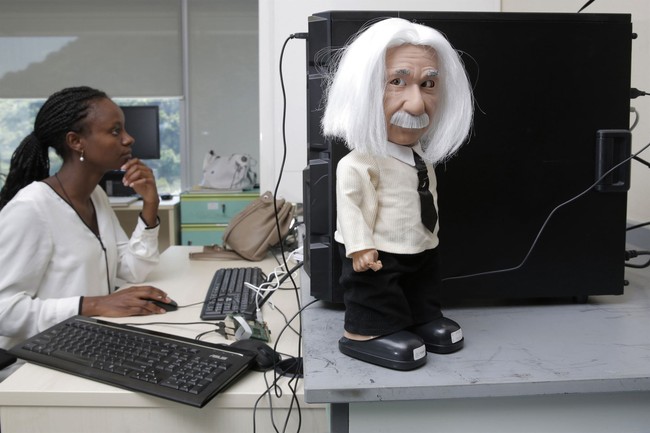
reclaimthenet.org
Exposed: Researcher’s Secret Advising Role in Big Tech’s Content Moderation Policies
If you're tired of censorship and dystopian threats against civil liberties‚ subscribe to Reclaim The Net.
Rather than “news‚” reports about ties between the chair of the Department of Homeland Security (DHS) Cybersecurity and Infrastructure Security Agency (CISA) advisory committee (now dissolved) – and Big Tech‚ could be treated as “yet more evidence.”
The person in question is Kate Starbird‚ the chair of the former body‚ the Homeland Security Advisory Council Disinformation Subcommittee‚ and a report now says that it turns out she also advised companies behind social platforms on their “moderation” policies.
This revelation happened behind closed doors during Starbird’s testimony dating back to last June‚ which she gave before the House Judiciary Committee probing the weaponization of the federal government – what is known as the government/Big Tech censorship collusion.
In addition to chairing the former CISA committee‚ Starbird is also the head of the University of Washington’s Center for an Informed Public that “specializes” in “disinformation and misinformation‚” and was also involved in the Election Integrity Partnership (EIP) – that opponents essentially say had the role of promoting censorship (in favor of the eventual winner) ahead of the 2020 presidential ballot.
(Speaking of “ties that bind” – the University of Washington center was given $2.25 million a year later to fight “disinformation‚” the money coming from the National Science Foundation‚ a government agency.)
Now‚ the documents that the Washington Examiner says it has had access to from last summer’s testimony before Congress shed light on the depth and breadth of Starbird’s involvement with Big Tech.
Starbird treads carefully while providing answers in Congress‚ and yet‚ revealed a lot. When asked if she was behind any social media content moderation guidelines‚ Starbird said she was not‚ but when quizzed about “directly advising” these platforms‚ the answer was that she “sometimes had conversations” with them.
“I don’t draft (moderation policies)‚ but I’ve had conversations with representatives of several platforms‚ actually‚” the transcript of the testimony reads.
Not only that‚ but Starbird said she was “happy” when these “conversations” turned to how to best label posts on social media.
“Those are the kinds of things that I’m happy to have a conversation with a platform about: Like‚ how you might want to go about labeling‚ which accounts you might want to not bother labeling. Maybe you really only want to label — you know‚ I might advise‚ like — you know‚ you focus labels on the people that‚ you know‚ are verified accounts or have large audiences‚ those kinds of things‚” she is quoted as telling Congress.
Now‚ Starbird told the Washington Examiner that her contacts with social media platforms in this context started in 2017 – and were unrelated to her work with government bodies.
“I did not consult with platforms around content moderation of specific pieces of content or accounts. Nor did I communicate with platforms as part of my role at the EIP or as a member of the CISA advisory committee‚” stated Starbird.
The post Exposed: Researcher’s Secret Advising Role in Big Tech’s Content Moderation Policies appeared first on Reclaim The Net.

















